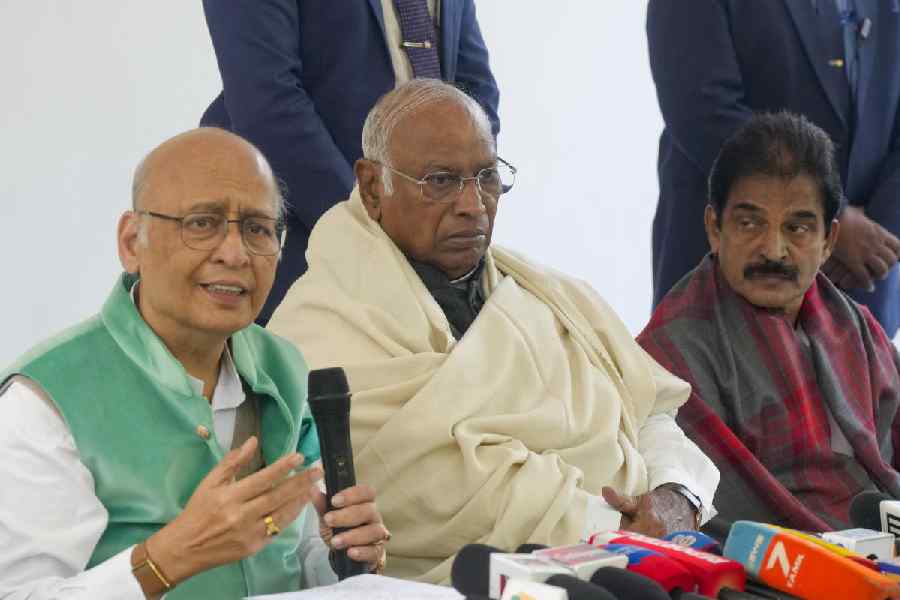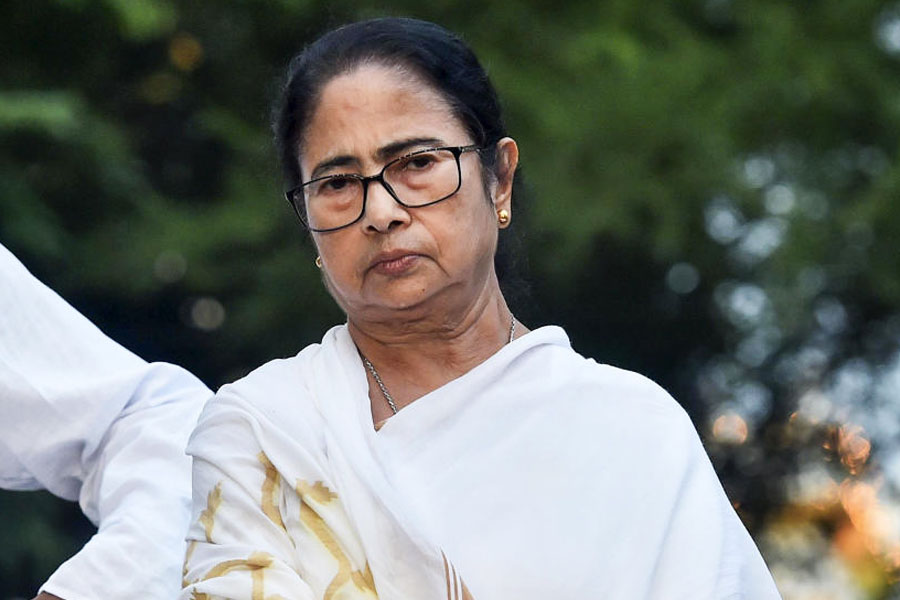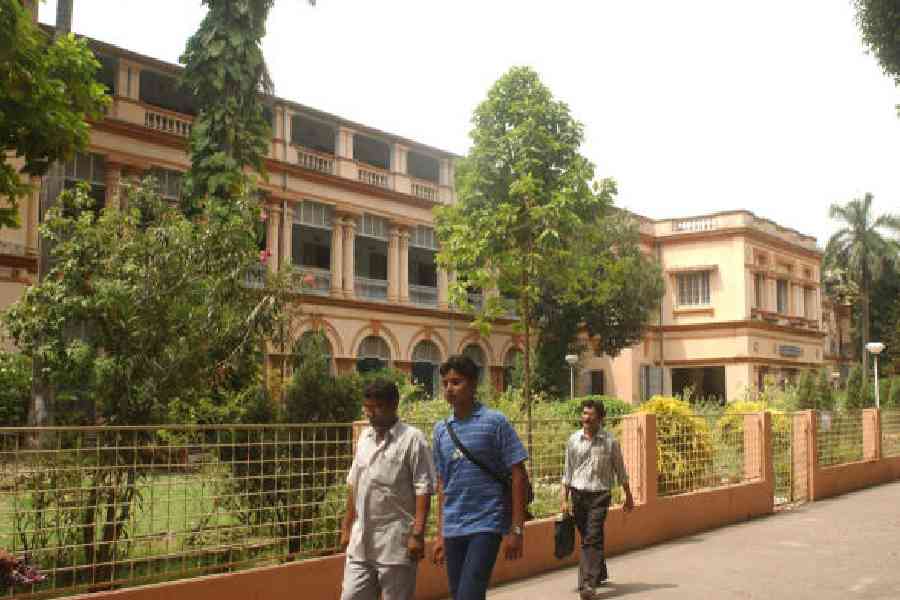 |
| Gettin’ gorgeous: Anjana Gosai |
Changing face of Indian beauty
Anjana Gosai, a former model and fashion journalist who writes about beauty, has two reasons to celebrate — she has just given birth to her first child, a son, Shiv, and, after four years of research, she has also just published her first book, The Ultimate Guide to Beauty (Glentree Publishing; £19.95).
The book is a tribute to Indian beauty.
Her journalist husband Amar Singh, who has accompanied his wife on her research trips to India, says: “Most beauty books can be used by anyone but are aimed at Caucasian women. Anjana’s book can be used by anyone but is aimed more at women with brown skins.”
One section, Anjana tells me, considers the changing concept of beauty in Bollywood. “I go from Waheeda Rahman to Karisma Kapoor, Priyanka Chopra, Rani Mukherji and Deepika Padukone.”
Many British make-up artists have commented that compared with their counterparts in Britain, Indian women, especially in the movie business, apply cosmetics in layers that are far too thick. They appear not to have grasped that when enhancing nature’s handiwork, quite often less is more.
“But things are changing,” Anjana points out.
The photographs in her 210-page lavishly illustrated book (distributed in India by Om Books International), taken especially for her book, feature some of India’s leading models such as Ujjwala Raut, Sheetal Malhar, Indrani Das Gupta and Tinu Verghese. The 30-year-old author writes about yoga and ayurveda, too.
There is information on how to achieve “inner and outer beauty” with chapters on “understanding your face” and “body and mind”.
That’s all very well but what about advice for the average Indian girl on the Calcutta Metro?
Her four basic tips include: “1) use sunscreen every day — it is the biggest favour you can do to yourself in terms of anti-ageing; 2) remove your make-up at night and clean your skin; 3) diet, exercise and drink lots and lots of water because what you do internally affects your external appearance; and 4) get enough sleep.”
For glossy hair, she suggests rubbing in coconut oil.
I can see the Indian women I know in London being fascinated by Anjana’s book. In fact, I can see them curling up with her book, cigarette in one hand and glass of red wine in the other.
 |
 |
| Passage to cambridge: Yusuf Hamied (top); Rahul Singh |
Cambridge cheer
Back to the snows of Cambridge after her visit to India, the vice-chancellor, Alison Richard, has sent a handwritten “get well” note to Manmohan Singh, who hosted a lunch for her in Delhi shortly before the Prime Minister went into hospital for his quintuple bypass.
“Cambridge is cheering you on,” was her message to the St John’s College old boy in whose name 10 undergraduate scholarships are being established at Cambridge.
One of Manmohan Singh’s contemporaries at Cambridge in the mid-1950s was Yusuf Hamied, now chairman of Cipla, the pharmaceutical company, who has been a generous benefactor both for the university and Christ’s, his old college where he did both his undergraduate degree and his PhD.
Yusuf tells me that he will be coming to Cambridge for the formal inauguration of the Yusuf Hamied Lecture Theatre at Christ’s, which he hasn’t yet seen but which was the venue for the symposium to mark Jagadish Chandra Bose’s 150th birth anniversary in December last year (I do hope the loudspeakers are fixed by now).
To show Yusuf “the sort of uses to which the theatre will be put”, dinner for 100 guests will be preceded by music from the college orchestra, a poem especially written for the occasion by a member of the staff and the students’ theatre group putting on extracts from The Importance of Being Earnest (didn’t Dr Lucan Pratt, Yusuf’s senior tutor, wonder, in Oscar Wilde fashion, about the wisdom of admitting him to Christ’s: “To get out of doing one essay is mere laziness; to get a First without doing any work, Hamied, is genius. At Christ’s, we disapprove of genius.”)
Elsewhere in Cambridge, some Indian students at King’s, among them the Mumbai journalist Rahul Singh, will be returning to their old college for the 50th anniversary of their matriculation. Rahul, who was at King’s from 1959-62 and became president of the Cambridge University India Society, remembers meeting E.M. Forster who had rooms in the college.
“I went with him to see a stage version of A Passage to India — he liked it,” remembers Rahul, who recently met Alison Richard during her swing through Mumbai.
The new generation of Indians are being educated mainly in America but the enduring links somehow are with the British universities.
 |
Luchi-less in London
There are said to be between 8,000 and 10,000 “Indian” restaurants in the UK but trying to find one that makes luchis, Bengali style, is a hopeless task. So a few days ago I requested my cousin in Calcutta to teach me how to make them — and it looked so easy when she showed me how.
Back home in London, I took out my notes and followed the recipe carefully as though repeating a chemistry experiment — “don’t add too much water”, “add a little oil”, “put in a touch of salt”, etc etc. The begun bhaja turned out to be oily and the luchis a disaster. Though my family expressed appreciation, the London luchis didn’t even look like the luchis of Calcutta.
Luchis for breakfast while the snow blizzards turn the garden into a Christmas fairyland (as happened last week) still remains a distant dream, alas.
Significantly, the government last week launched a campaign urging parents to teach their children how to prepare some tasty dishes. One cabinet minister, Ed Balls, the schools secretary, bravely waded into the kitchen of the Cinnamon Club, an upmarket Indian restaurant in Westminster, where he prepared curry from a recipe book which is to be distributed to the nation’s schoolchildren as part of the government’s drive encouraging children to cook.
The book does not have a recipe for luchis. No wonder Britain is in crisis.
 |
Gay prince
Crown Prince Manvendra Singh Gohil, 43, from the erstwhile royal family of Rajpipla, has been participating in a BBC television reality show, Undercover Princes, in which he and two other princes, from Jaffna and South Africa respectively, go incognito in Brighton in search of love.
Manvendra says he is following family tradition because his great grandfather took home a white woman. “The only difference is I am taking home a man.”
Manvendra is shown holding hands and exchanging gentle kisses with “Mike”, a shop assistant with whom he has fallen in love. He sheds tears when he prepares to leave England because for the first time in his life he could be openly gay without anyone threatening to punish him for his homosexuality.
 |
Tittle tattle
As Buddy Holly fans last week marked “The Day the Music Died” — the 50th anniversary of the rock and roll pioneer’s death in a plane crash — we heard once again some of his immortal songs, such as Rave On; That’ll Be the Day: Peggy Sue; Oh boy; and Heartbeat.
He was the greatest ever.










